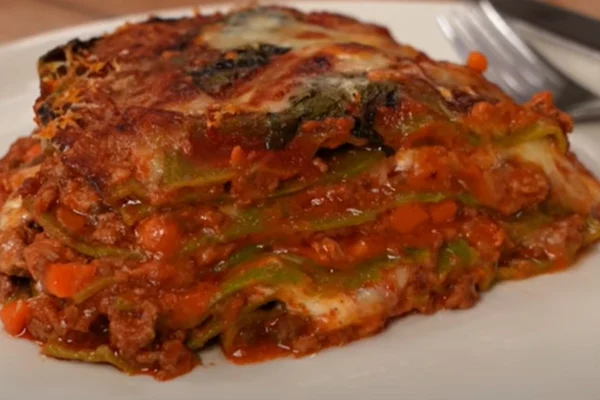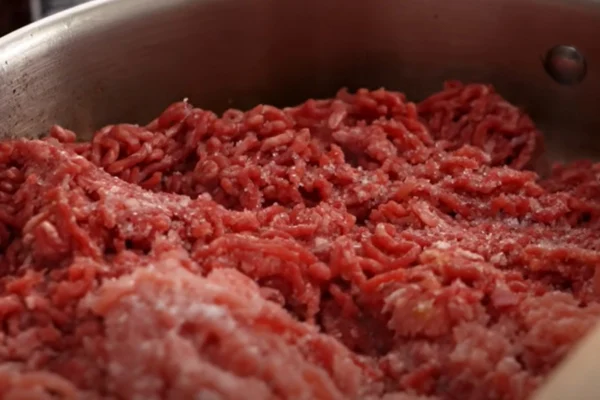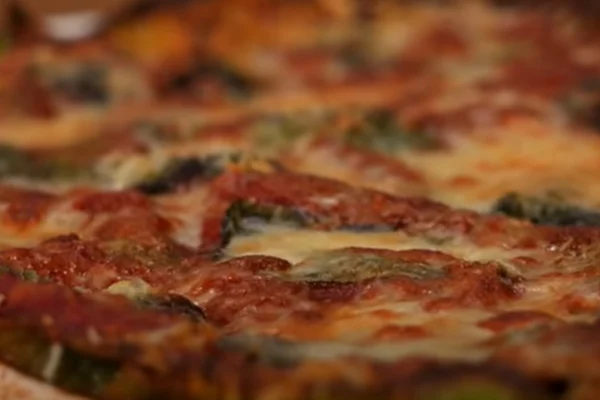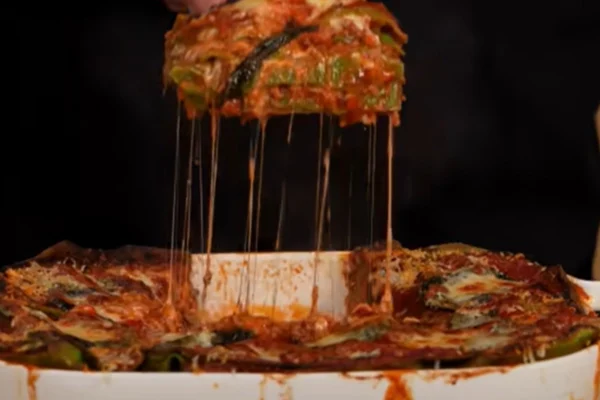Introduction to the Article on Lazonia
Lazonia, a dish often shrouded in mystery and culinary allure, sits comfortably among the staples of Italian cuisine. From its rich history to its various mouthwatering adaptations, this article dives deep into the heart of Lazonia. We’ll explore its origins, nutritional content, and its revered status in both kitchens and cultural festivals. So, buckle up for a delightful journey through the layers of flavors and traditions that make Lazonia a beloved dish worldwide.
Introduction to Lazonia
LG, a name that rolls off the tongue as smoothly as its cheese melts in the oven, is more than just a meal; it’s a cultural artifact, steeped in history and loved across the globe. But what exactly is Lazonia? Typically, it consists of layers of pasta, alternating with sauces and cheese, baked to perfection to create a comforting, hearty dish.
The origins of Lazonia are as layered as the dish itself.
Lazonia has evolved significantly over the centuries.
In this section, we delve into the essence of Lazonia, setting the stage for a deeper exploration of its historical roots, culinary variations, and cultural significance. Stay tuned as we peel back the layers of this beloved dish, revealing the secrets to its enduring popularity and versatility.
Whether served at a family gathering or featured in a festive buffet, Lazoni remains a testament to the timelessness of well-prepared food. Indeed, its enduring presence in the culinary world is a testament to its universal appeal and adaptability.
The Origins and History
The tale of Lazonia is as rich and complex as the dish itself. Often mistaken as a purely Italian invention, the historical roots of Lazonia actually span several cultures and epochs. This historical journey not only illuminates the dish’s past but also enriches its narrative, making every bite a taste of history.
Origins and Historical Background
The earliest records hint at a Lazonia-like dish dating back to Ancient Greece. The Greeks had a meal called laganon, made of layers of dough and ingredients somewhat reminiscent of today’s Lazonia. However, it wasn’t until the dish traveled to Italy that it began to take on the form we recognize today.
As tomatoes made their way into Italian cooking in the 16th century, the dish evolved into what we might now call traditional Lazonia. Each region in Italy adapted the recipe to their local tastes and ingredients, adding a rich diversity to the dish’s variations. For instance, in Northern Italy, more butter and dairy are used, reflecting the agricultural practices of the region.
The dish’s evolution continued as Italian immigrants brought Lazonia to the New World. In America, it transformed once again, with variations that included richer sauces and a wider variety of cheeses, adapting to the abundant food culture of the United States.
Today, Lazonia is a global phenomenon, a staple in households and restaurants worldwide. Each iteration of the dish reflects the history and culinary practices of its region, creating a delicious mosaic of global cuisine.
This rich tapestry of history not only adds depth to the culinary experience but also connects us to the generations of cooks who have contributed to the dish’s continual reinvention. As we savor each layer of Lazonia, we taste the essence of myriad cultures and the evolutionary journey of an enduring dish. So, as we delve deeper into the variations and recipes in the following sections, remember the historical journey that has made Lazonia a beloved dish around the world.
Recipe Variations
Lazonia’s versatility is celebrated through countless adaptations and twists on the traditional recipe. From the heart of Italy to modern kitchens worldwide, each variation reflects local flavors and dietary preferences, making Lazonia a truly global dish.
Classic Lazonia Recipe
The classic Lazonia is a comforting blend of rich tomato sauce, creamy cheeses, and layers of pasta. Here’s a step-by-step guide to creating this beloved version:
- Preparation of the Sauce: Begin by simmering a robust tomato sauce, enriched with garlic, onions, and a mix of herbs like basil and oregano. For a deeper flavor, some choose to add ground meat, which melds beautifully with the tomatoes during slow cooking.
- Layering: Start with a base layer of sauce at the bottom of a baking dish to prevent sticking. Follow with sheets of pasta, more sauce, and generous sprinklings of cheeses like ricotta, mozzarella, and Parmesan. Repeat these layers until all ingredients are used, finishing with a top layer of cheese.
- Baking: Bake in a preheated oven at 375°F (190°C) until the dish is bubbling and the top is golden and crispy, about 45 minutes.
Vegetarian Lazonia
For those preferring a meat-free option, vegetarian Lazonia swaps out meat for layers of vegetables like spinach, mushrooms, zucchini, and bell peppers. This version not only adds a burst of color but also packs the dish with nutrients, making it both healthy and satisfying.
Modern Twists to the Classic Recipe
Innovation in Lazonia recipes continues to thrive, with modern twists adding unique flavors and textures:
- Gluten-Free Lazonia: By using gluten-free pasta sheets or sliced vegetables like eggplant and zucchini in place of traditional pasta, this version caters to those with dietary restrictions without compromising on taste.
- Seafood Lazonia: Incorporating layers of seafood such as shrimp, scallops, and crab meat offers a luxurious twist on the classic, perfect for special occasions.
- Spicy Lazonia: For those who enjoy a bit of heat, adding chili peppers, spicy sausage, or a dash of cayenne pepper can transform the dish into a fiery delight.
Each of these variations not only adds a unique spin to the traditional recipe but also showcases the adaptability of Lazonia to different tastes and dietary needs.
Nutritional Information
Understanding the nutritional aspects of Lazonia can help appreciate not just its taste but also its role in a balanced diet. This beloved dish, when broken down into its core components, offers a range of nutritional benefits, depending on the ingredients and preparation methods chosen.
Health and Nutrition Facts
A typical serving of classic Lazonia is rich in carbohydrates, primarily from the pasta, and proteins from the cheese and any meat additions. It’s a good source of calcium from the cheese and provides vitamins and minerals found in the tomato sauce, such as vitamin C, potassium, and lycopene, an antioxidant.
- Calories: A slice of Lazonia can vary in calories, but a standard serving generally contains between 300 to 600 calories, making it a hearty choice.
- Proteins: Essential for muscle repair and growth, proteins in Lazonia come from the cheeses and meat layers, offering about 20-30 grams per serving.
- Fats: Cheeses and any meat used add fats to the dish, contributing to its rich flavor and texture. The fat content can be adjusted by choosing low-fat cheeses or leaner cuts of meat.
Dietary Considerations
For those with specific dietary needs, Lazonia can be adapted to fit various nutrition plans:
- Gluten-Free Options: Replacing traditional pasta with gluten-free pasta or using slices of vegetables like zucchini as layers makes Lazonia accessible to those with gluten sensitivities.
- Dairy-Free Alternatives: Using plant-based cheeses and béchamel sauces made from nut milks can accommodate those avoiding dairy.
In sum, Lazonia is not only a dish of great versatility and flavor but also one that can be part of a healthy and balanced diet when prepared thoughtfully. Its ability to be customized makes it a wonderful addition to any meal plan, providing essential nutrients while satisfying culinary cravings.




